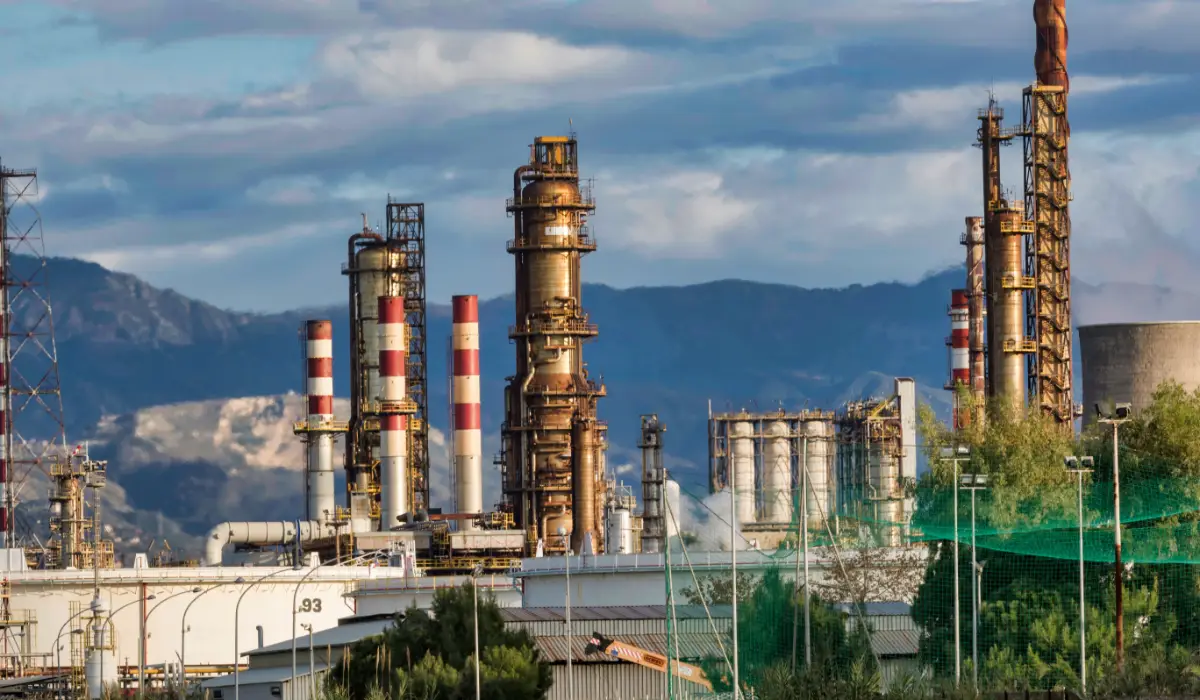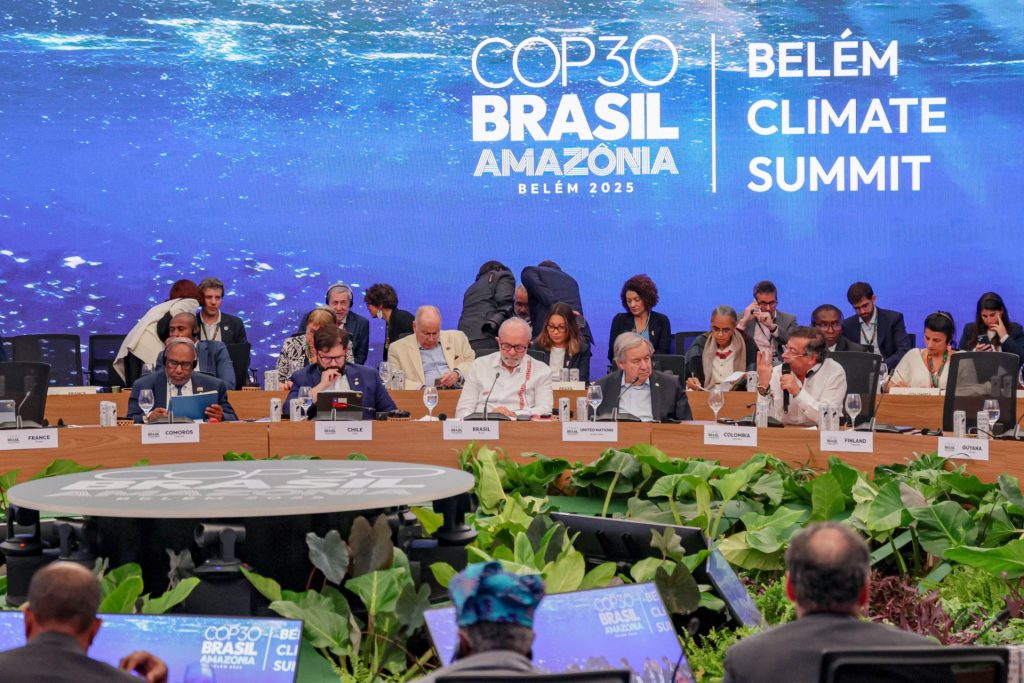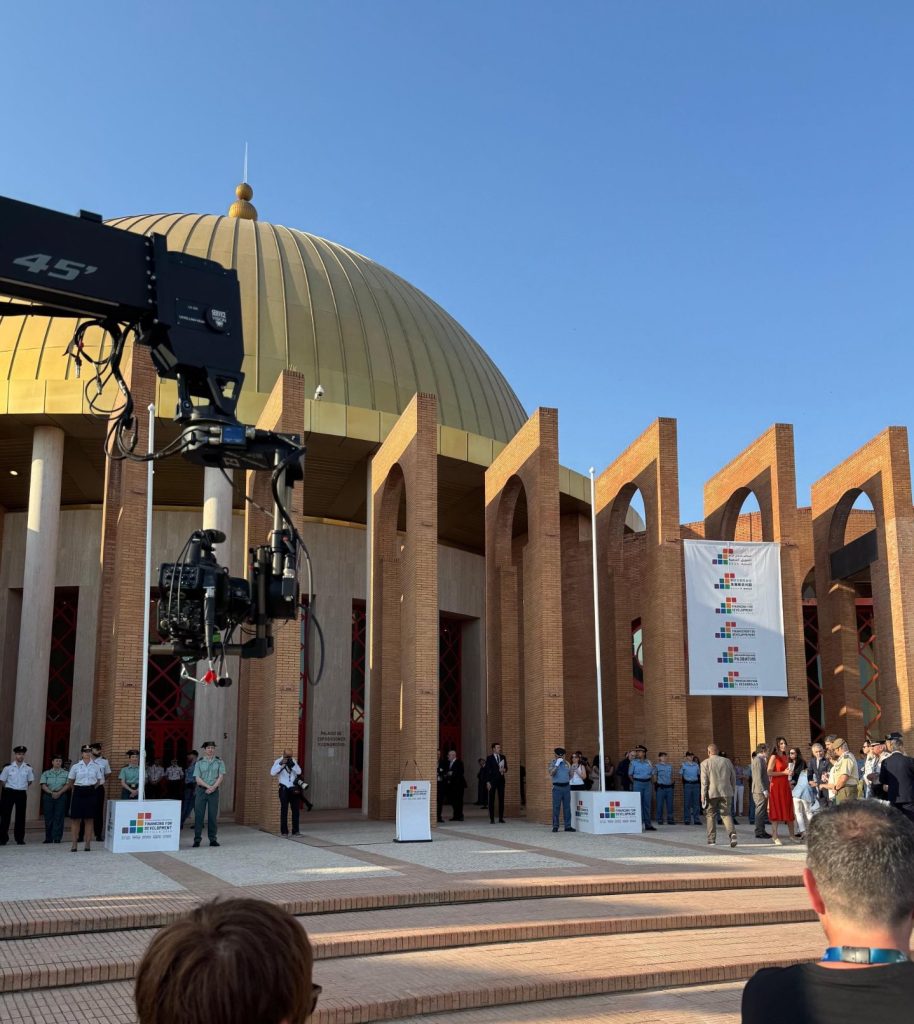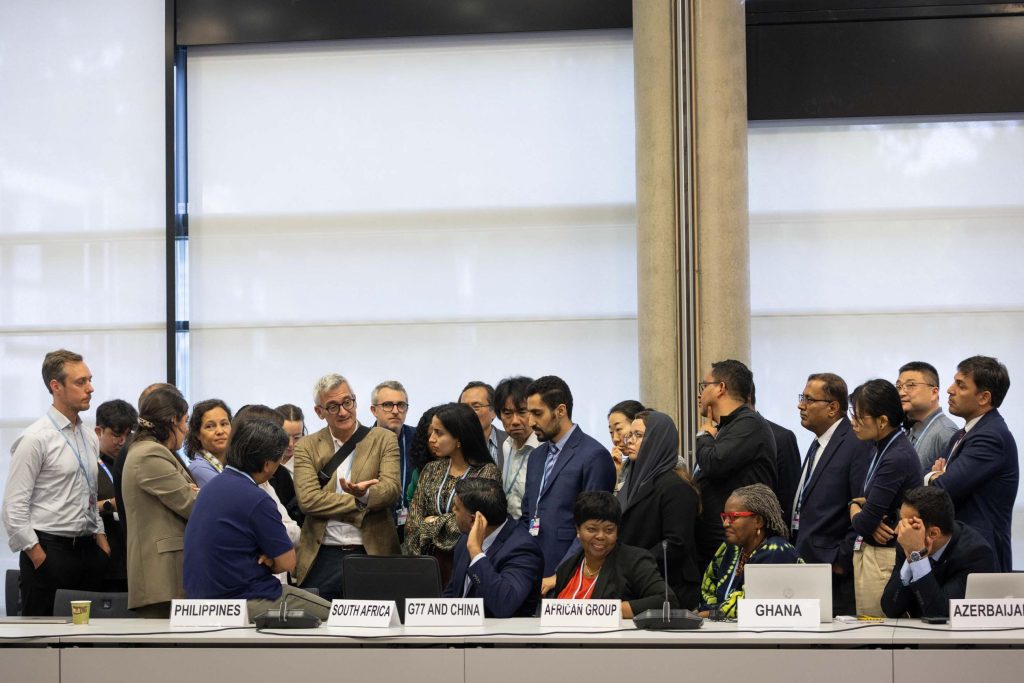Another United Nations Climate Change Conference is underway this week, in Baku Azerbaijan, and like its predecessors, the stated aim of COP29’s presidency is ‘advancing the goals of the UNFCC and the Paris Agreement to limit global warming, adapt[ing] to the impacts of climate change, and crucially mobilis[ing] finance for these activities’. Read differently, the theme suggests finding optimal finance for sustainable measures to power economies – financing an energy transition. The collective shift of the energy production and consumption from fossil-fuel bases to low carbon renewable energy sources, is inherently technology driven.
Inequities in transition finance amidst climate impacts
A forecast from earlier this year shows that renewable energy sources could top two thirds of global primary energy supply by 2050. However, Africa lags significantly behind all other regions due to infrastructure, technology and finance challenges. At the same time, changes in the climate are significantly impacting energy supply in Africa, complicating energy production, distribution and consumption. Evidence of rising temperatures and shifting rainfall patterns threaten hydropower generation, a key source of electricity – a quarter of all power generated, by lowering water levels and output, resulting in shortages. Countries in Western and Southern Africa are at the highest risk of this phenomenon, with Zambia being particularly hard hit and plunged into daily blackouts. The International Finance Corporation (IFC) and the United Nations Environment Programme (UNEP) report that rising temperatures will drive up demand for cooling from current expenditures of US$300 billion to about US$600billion by 2050, further straining electricity grids and heightening the risks of blackouts. Energy infrastructure has also not been spared by storms and floods. All these have negative implications for health, education, industry and general health of the economy.
A closer examination of the patterns of finance for energy transition reveals among other things that, transition finance flows primarily to the most bankable, lowest risk, highest return and often the largest scale renewable projects. Additionally, prioritising large-scale renewable projects often favors on-grid infrastructure, aligning with the technological preferences of influential, primarily Western stakeholders. This focus risks deepening inequalities in technology and financial access, and speaks to the chasm on adaptation finance. For context, the gap on adaptation currently stands at a maximum of US$366 billion per annum till 2030, and the cost of inaction is projected to much higher.
Africa’s strategy for energy transition finance
In line with its Agenda 2063, the AU wants to transform the energy sector in Africa and make it dependent on sustainable renewable energy solutions such as solar. However, recognising the gap in energy security, the Union anchors part of the strategy around intercontinental gas pipelines – dependency on fossil fuels, to the extent necessary. In their submissions on the Global Stocktake at COP28 last year, African negotiators also pushed for gas as a transition fuel for the continent, arguing for differentiated pathways that targeted the phaseout of fossil fuels in developed countries well ahead of 2030, whilst affording developing countries the opportunity to close the global supply gap in the short term.
In Ghana, despite an acknowledgement of the role of nuclear power, carbon capture utilisation and storage technologies in the transition, there is an indication of a significant role of gas-fueled power generation, which is not expected to decline from current trends until mid-2050s to 2070. Renewable energy generation at the target date is expected to be 20 percent of the total generation capacity, and more than 70 percent of rural households using liquefied petroleum gas (LPG) for cooking. Not exactly an interesting transition scenario, despite being the country’s best efforts. Curiously, this including other plans is expected to generate net cash flows of US$35billion and US$1.3 billion for the oil and gas sectors respectively. Deploying low carbon energy solutions in Kenya through 2050 will require investments north of US$600 billion, despite the foreseeable opportunities in jobs. The country is projected to be generating less than 23 percent of its total energy needs from solar, wind and hydro sources by 2037. Discount hydro – which could face climate and supply challenges, and this decreases to about 17 percent. In Kenya’s case, there is a call to balance growing energy needs by slowly replacing imported fossil fuels with other renewable energy technologies. This is all subject to plans to expand electricity access beyond the current 73 percent penetration. Well, that is not possible without financing, under the net-zero scenario, given the volumes of finance needed. Any expected dramatic shift away from this dependency, must be accompanied by high levels of investments at zero or near-zero cost to be justified. The argument should not be that these countries should abandon relatively available energy sources for renewable sources which they do not possess technologies for, or have the extra finance to procure from the private sector.
Nigeria, like Ghana, sees fossil fuels as part of its long-term plans, with expected infrastructure investments for power expected to top US$94.7 billion, and gas pipelines and refuelling stations reaching US$16.2billion. On the consumption side, switching cooking fuels will cost about US$3billion more than the cost of using existing fuels, while installing carbon capture and storage systems in gas expansion and refinery projects will reach US$10billion. Senegal has just joined the group of off-shore fossil fuel producers on the continent, and expects all its fields to come upstream by 2026. Power generation is dominated by fossil fuels – 70 percent heavy fuel oil (HFO), despite the steady gains made by solar power which makes up 20 percent of power generation. Holding perhaps the most ambitious plan of the countries considered – increasing installed renewable energy capacity to 40 percent by 2030, it also does not appear to shift its dependency on fossil fuels due to energy security. The country’s plan is to reduce its HFO dependency and replace it with gas, motivated by a need to reduce the cost of electricity. Thus, until renewable energy technologies become comparatively cheaper and available without constraints, the country’s strategy may not be different from its peers. Given the preference of financiers set out above, it is easy to see that the country’s target could potentially be impaired, at the very least, it will hold on to its fossil fuel sources a bit longer than projected, in order to expand electricity access beyond the 75 percent penetration.
Baku must deliver on energy transition finance
At least COP29 is framed to address transition finance for the global south. For instance, the high-level engagement on finance, investment and trade, will aim to launch the Climate Finance Action Fund, a second Business and Investment Philanthropy Platform as well as a high – level dialogue on catalysing investment for the just transition.
But what will this mean in practical commitments and deals for Africa in the light of the direct and indirect pressure from the global north to transition its ‘reliable and available’ energy sources, when it does not have the requisite technologies and finance?
Recall South Africa’s challenges on project risks, bankability and preferences of off-takers, despite securing large amounts of private investments in renewable energy. The use of loans ,no matter how affordable, backed by conditionalities for countries to dramatically shift their energy sources, and create a pipeline of projects suitable for private investors, will only result in these countries subsidising these private sector efforts. The World Bank’s US$1billion to South Africa to enable it to unlock US$8.5billion, has been underwhelming, with similar observations made in Indonesia and Vietnam. This could be a real problem for countries in Africa that will be required in their loan conditions to dramatically shift their energy sources in exchange for relatively non-concessional finance.
The real solution is in a significant increase in grants and concessional finance for actual projects and their subsequent finance. The current practice in international financial institutions, including multilateral development banks, where concessional finance is only provided to conduct feasibility studies of renewable energy infrastructure projects, with the expectation that ‘hard finance’ – which prioritises large scale and investor oriented projects at the expense of country and local priorities, may not serve the transition any good. This is what makes the focus on COP29 in Baku interesting, as different actors in Africa in particular look to see how progressive the new collective quantified goal (NCQG), global climate funds, MDBs, and advanced countries will be to engage and commit to an equitable and just transition. Or perhaps not!





